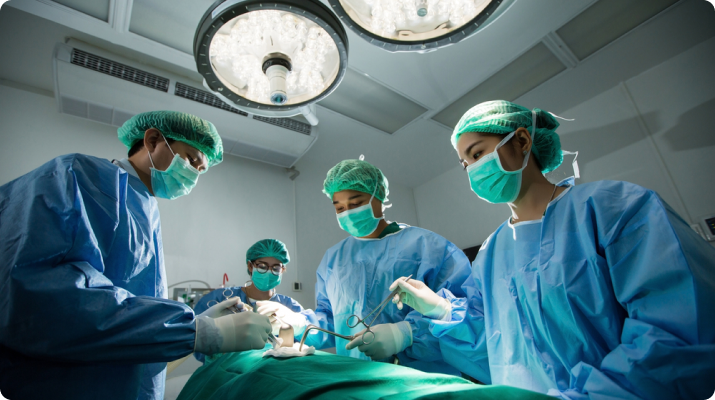- PERTH SURGICAL & BARIATRICS
-
08 65581901
A sports hernia has been described as a tear in the muscle and ligaments of the groin (conjoint tendon). This leads to quite severe pain on running, kicking and crouching activities. It therefore differs from a traditional inguinal hernia, which is due to an actual weakness in the groin, and causes a lump. A sports hernia or Gilmore’s groin, as it is sometimes described, is a musculoligamentous tear and not an out and out weakness of the muscle wall.

The diagnosis of a sports hernia can be very subjective amongst doctors and the diagnosis and treatment options can vary if different opinions are sought. It is for this reason that careful diagnosis and exclusion of other conditions in the groin should be performed before any treatment is discussed.
It can be quite difficult to diagnose a sports hernia via even high resolution CT imaging or MRI imaging. Therefore often the diagnosis is by exclusion of other conditions that can cause similar symptoms. These conditions include a strain or partial avulsion of the adductor longus muscle in the groin or osteitis pubis, which is a chronic inflammatory condition of the hip girdle caused by excessive exercise and strain in this area.
Both of these conditions can be diagnosed by CT or MRI, and it is for this reason that these investigations should be performed before a diagnosis of exclusion of sports hernia is made.
Sports doctors and surgeons have different opinions on the best treatment option for a sports hernia. Gilmore’s operation, which was similar to an open old fashioned hernia repair, involved a direct suture of the tear in the groin muscle if it was identified. It also involved a suturing and strengthening of the back wall of the muscle layer and probably a disruption of some of the nerves traversing the groin, which helped to improve the pain associated with the condition.
Some surgeons may advocate a laparoscopic hernia repair if the initial investigations show there is evidence of a weakness in the abdominal wall, associated with the typical groin pain of sports hernia. A therapy to just tackle the pain of the area could include injection of local anaesthetic and steroid into the nerves of the groin. If this is successful at alleviating symptoms then radiofrequency ablation of these nerves can be contemplated.
Despite all these treatment options, many sports doctors, physiotherapists and surgeons still advocate rest and physiotherapy as the best treatment for sports hernia or Gilmore’s groin. It is interesting that open hernia repair advocates an extended period of rest following the procedure, and this may well be one of the reasons that some athletes seem to be better following their convalescence from surgery.
Reach out to us to book a consultation with Dr. Ravi Rao and learn about your various options for bariatric surgery.